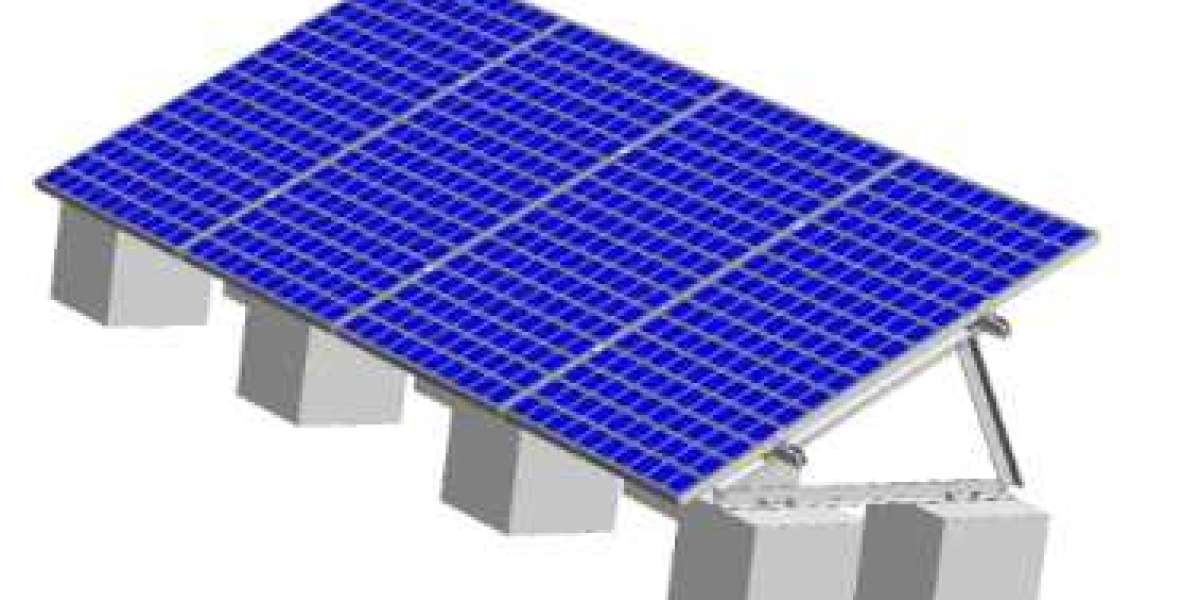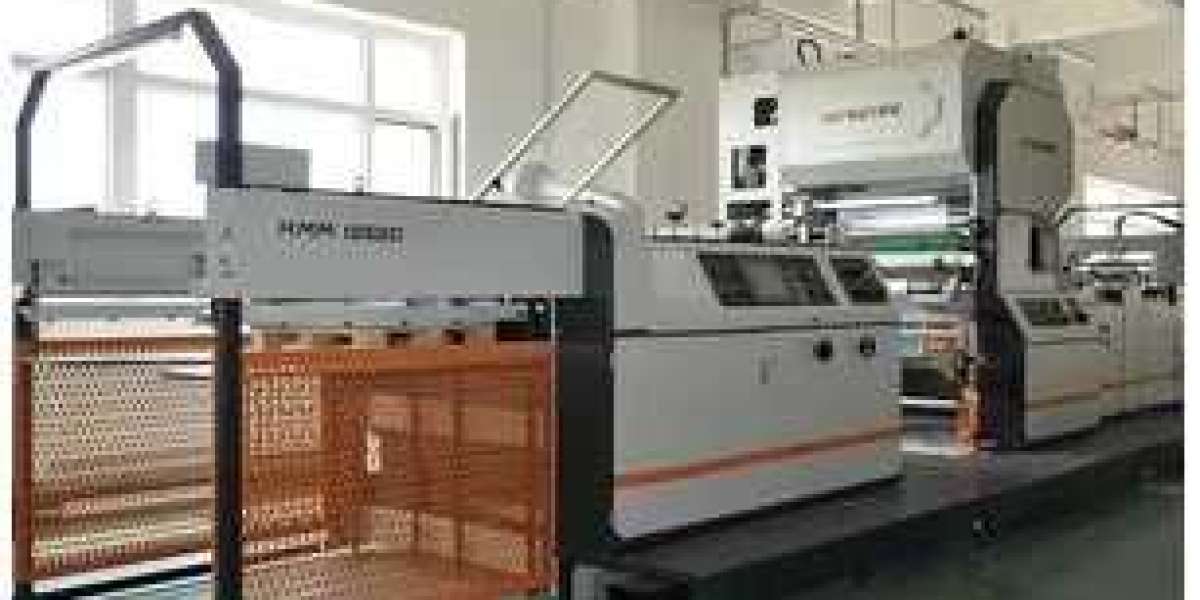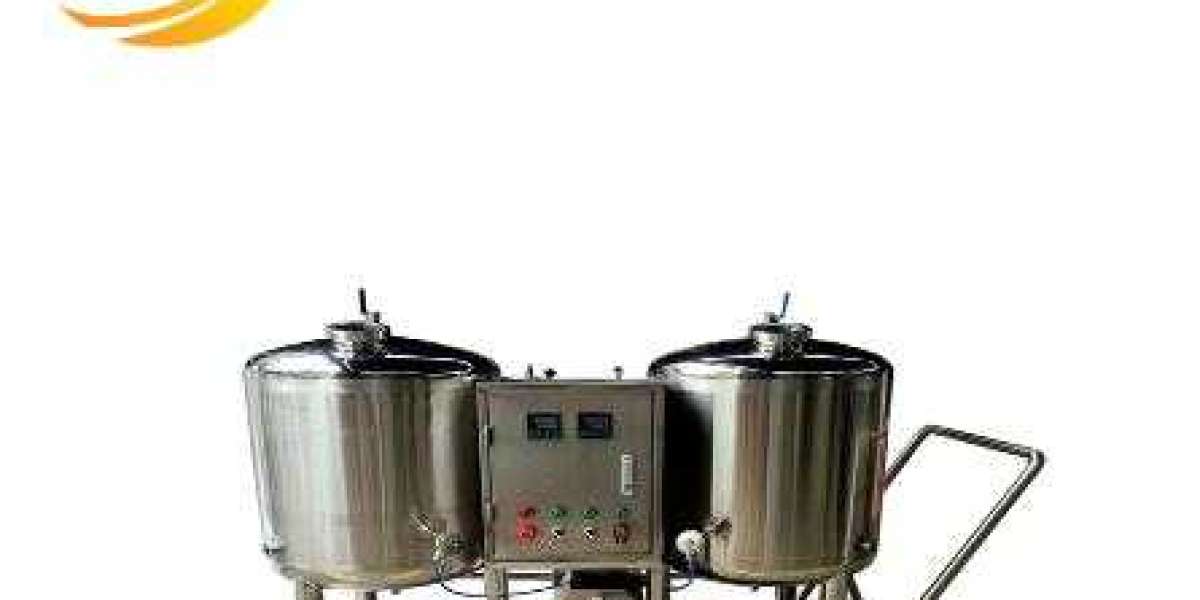In the realm of renewable energy, solar modules fixed on tripods have revolutionized the way we harness solar power. These innovative structures provide a sturdy foundation for solar panels, maximizing exposure to sunlight and enhancing energy efficiency. By combining cutting-edge technology with sustainable practices, solar modules fixed on tripods offer a reliable solution for clean energy generation. With a history rooted in addressing environmental concerns and advancing technological capabilities, these setups represent a pivotal shift towards greener energy alternatives. Embracing this eco-friendly approach not only reduces carbon footprints but also contributes to a more sustainable future for generations to come.
Benefits of Fixed Tripods
Enhanced Efficiency
Fixed tripods play a crucial role in enhancing solar panel efficiency by optimizing sunlight exposure. By securely holding the solar modules in place, fixed tripods ensure that panels receive maximum sunlight throughout the day. This increased exposure directly translates to higher energy production, making fixed tripods an essential component for maximizing the performance of solar installations.
Stability and Durability
One of the key advantages of solar modules fixed tripod is their ability to provide stability and durability in various weather conditions. Whether facing strong winds, heavy rain, or snowfall, fixed tripods offer reliable support to the solar panels. Their sturdy construction ensures that the panels remain securely in place, preventing any damage or displacement even during adverse weather events.
Easy Maintenance
Maintaining a solar installation is crucial for ensuring its long-term performance and longevity. Fixed tripods simplify this process through their easy maintenance, thanks to their simple design and construction. With fewer moving parts and components compared to other mounting systems, fixed tripods require minimal upkeep. This not only reduces maintenance costs but also makes it easier for owners to monitor and care for their solar panels effectively.
Overview of Solar Structures
Types of Structures
Solar structures play a crucial role in supporting solar panels to ensure optimal energy generation. These structures come in various types, including fixed, adjustable, and tracking systems. Each type offers unique benefits and is suited for different installation scenarios.
Fixed tripods are one of the most common solar structure types due to their cost-effectiveness and suitability for small to medium installations. They provide stability and support for solar panels while keeping installation costs low. In comparison to adjustable or tracking systems, fixed tripods require less maintenance and are easier to install, making them an attractive option for many solar projects.
Advantages of Fixed Tripods
Cost-effective: Fixed tripods typically have lower upfront costs compared to adjustable or tracking systems.
Ease of Installation: Due to their simple design, fixed tripods are easier and quicker to install.
Low Maintenance: With fewer moving parts than adjustable or tracking systems, fixed tripods require minimal maintenance over time.
Types of Fixed Tripod Structures
Ground-Mounted
Ground-mounted fixed tripods are ideal for residential installations, providing a stable foundation for solar modules. These structures are placed directly on the ground, making them easy to install and maintain. They offer flexibility in positioning to maximize sunlight exposure throughout the day.
Roof-Mounted
Roof-mounted fixed tripods are suitable for commercial buildings, where space optimization is crucial. These structures are installed on rooftops, utilizing unused space effectively. They provide a cost-effective solution for businesses looking to harness solar energy without occupying additional land.
Hybrid Structures
Hybrid fixed tripods combine the benefits of both ground and roof mounting systems. They offer versatility by allowing installation either on the ground or rooftops, depending on the available space and requirements. This type of structure provides an innovative approach to solar panel placement, catering to various installation scenarios.
In terms of pros and cons:
Ground-mounted fixed tripods:
Pros: Easy installation, flexible positioning.
Cons: Require more land space compared to roof-mounted options.
Roof-mounted fixed tripods:
Pros: Utilize unused rooftop space efficiently.
Cons: May require structural reinforcement based on building capacity.
Solar Fixed Tripod Stand Explained
Structure Overview
Solar fixed tripod stands are composed of vertical supports and horizontal rails, providing a sturdy framework for solar modules. The vertical supports ensure stability, while the horizontal rails facilitate easy installation of solar panels.
Fixed tripods are specifically designed to securely hold solar panels at an optimal angle, maximizing sunlight exposure throughout the day. This positioning enhances energy efficiency by allowing the panels to capture more sunlight and generate increased electricity.
Installation and Maintenance
One of the key advantages of fixed tripod stands is their ease of installation and maintenance. These structures are popular choices for DIY enthusiasts looking to set up their own solar power systems without extensive technical knowledge or professional assistance.
The simplicity of fixed tripods makes them accessible to a wide range of users, from homeowners seeking sustainable energy solutions to small businesses aiming to reduce their carbon footprint. With basic tools and minimal effort, individuals can set up these stands in their preferred locations with ease.
Cost-Effectiveness
Fixed tripod stands offer a cost-effective solution for harnessing solar energy due to their straightforward design and easy installation process. By opting for fixed tripods, users can save on both initial setup costs and long-term maintenance expenses compared to more complex mounting structures.
Moreover, the durability of fixed tripod stands ensures that once installed, they require minimal upkeep over time. This reliability translates into consistent energy production without significant interruptions or additional investments in repairs or replacements.
Technical Parameters for Tripods
Tilt Angle
Solar modules fixed tripods come with adjustable tilt angles to optimize sunlight absorption throughout the day. By altering the tilt angle, users can enhance energy production efficiency.
Strength
The strength of a tripod is crucial as it determines the weight capacity it can support. Ensuring that the tripod is robust enough to handle the solar panels' weight is essential for long-term stability.
Degree
When selecting a solar module fixed tripod, consider the degree of adjustability it offers. Greater flexibility in adjusting the angle ensures maximum exposure to sunlight, increasing energy output.
Mass Production
Tripod stands designed for mass production need to meet high-quality standards to ensure consistency and reliability across all units. Choosing a manufacturer with a reputation for quality is vital.
Solar modules fixed tripods are engineered with various technical parameters to enhance their performance and durability. The tilt angle feature allows users to adjust the panels for optimal sunlight exposure, maximizing energy generation efficiency. Considering the strength of the tripod ensures that it can safely support the weight of solar panels without compromising stability or safety.
Furthermore, evaluating the degree of adjustability in a tripod stand is essential for tailoring its position based on sunlight conditions throughout the day. This adaptability plays a significant role in improving overall energy output from solar installations. Lastly, when opting for tripods meant for mass production, prioritizing quality materials and construction becomes paramount to guarantee consistent performance across multiple units.
When investing in solar modules fixed tripods, consumers should prioritize technical aspects like tilt angles, strength levels, degree adjustability options, and adherence to quality standards during mass production processes. These factors collectively contribute towards ensuring efficient energy generation and long-lasting durability of solar panel installations.
Features of Solar Tripod Products
Corrosion Resistance
Solar tripod products are constructed using corrosion-resistant materials, ensuring durability and longevity for outdoor use. These materials protect the structure from rust and deterioration caused by exposure to various weather conditions over time.
Adjustable Tilt Angles One key feature of solar tripod products is their adjustable tilt angles. This functionality allows users to optimize the angle of the solar panels based on seasonal changes in the sun's position. By adjusting the tilt, users can maximize energy production throughout the year.
Compatibility with Panel Sizes Solar tripods are designed to be compatible with different panel sizes and configurations. This flexibility enables users to install a variety of solar panels on the tripod, accommodating diverse energy needs and preferences. Whether using small portrait panels or larger samples, these tripods offer versatility in panel compatibility.
Ease of Installation
The installation process for solar tripod products is straightforward and user-friendly. With clear instructions provided by manufacturers, individuals can easily assemble and set up their solar panels on these tripods without requiring extensive technical expertise.
Enhanced Stability Solar tripods are engineered for enhanced stability, ensuring that the panels remain secure even during strong winds or harsh weather conditions. The sturdy construction of these tripods minimizes vibrations and movement, providing a reliable foundation for solar panel installations.
Versatile Applications These solar tripod products have versatile applications across various settings, including residential, commercial, and industrial locations. Whether used for powering homes or supporting large-scale projects, these tripods offer flexible solutions for harnessing solar energy efficiently.
Choosing the Right Solar Tripod
Site Conditions
When evaluating site conditions for solar modules fixed tripod, it is crucial to assess factors like soil type and available space. The soil type determines the foundation requirements, ensuring stability and longevity. Considering available space helps in determining the appropriate size and layout of the solar array.
Local Regulations
Local regulations play a significant role in years when selecting a solar tripod for installation. It is essential to adhere to building codes and permit requirements set by authorities. Failure to comply can lead to delays or even legal issues, emphasizing the importance of thorough research and compliance with regulations.
Considering local regulations ensures a smooth installation process without any setbacks or fines due to non-compliance. By understanding and following these guidelines, you can avoid costly mistakes that may hinder your solar project's success.
System Requirements
Selecting a tripod that matches the specific years of your solar panel system is crucial for optimal performance. Different systems have varying load capacities, tilt angles, and wind resistance requirements. Therefore, choosing a tripod that aligns with these specifications ensures efficient energy production and long-term durability.
Pros:
Ensures stability and longevity of the solar array.
Compliance with regulations prevents legal issues during installation.
Cons:
Non-compliance with local regulations can lead to delays or fines.
Key Considerations for Mounting
Proper Orientation
When mounting solar modules on a fixed tripod, it is crucial to ensure the proper orientation and tilt angle. This optimization maximizes energy production by allowing the panels to receive the most sunlight throughout the day.
To achieve this, consider factors such as the site location's latitude and any potential shading from nearby structures or trees. By adjusting the tilt angle according to seasonal changes, you can enhance energy efficiency significantly.
Secure Anchoring
The use of sturdy clamps and other anchoring components is essential for securing solar modules to the tripod. Proper installation prevents issues like wind damage or structural instability over time.
Ensure that all mounting blocks are securely fastened to provide a stable foundation for the solar array. Regularly inspecting these anchoring points can help identify any loose connections or signs of wear that may compromise the system's integrity.
Inspection and Maintenance
Regular inspection and maintenance are key aspects of ensuring continued performance from your solar array. Periodic checks on all mounting components, including clamps and brackets, can help detect any signs of corrosion or damage early on.
Inspecting electrical connections between modules is also critical in maintaining optimal system functionality. By adhering to a consistent maintenance schedule, you can address issues promptly and prolong the lifespan of your solar installation.
Installation Tips for Fixed Tripods
Assembly Guidelines
Follow manufacturer guidelines strictly to ensure proper assembly of the solar modules fixed tripod. These guidelines typically include step-by-step instructions on how to assemble the tripod correctly.
It is crucial to adhere to these guidelines as they are designed by experts in the field and are tailored specifically for the model of fixed tripod you are installing.
Placement Considerations
Ensure that you position the fixed tripod in an area that receives maximum sunlight throughout the day. This optimal placement will maximize the efficiency of your solar modules.
Consider any potential obstructions such as trees or buildings that could cast shadows on your solar panels, reducing their overall output. Ensure there is ample space around the fixed tripod for maintenance and cleaning purposes.
Tools and Equipment
Using appropriate tools and equipment is essential for a safe and successful installation process. Common tools required for installing a fixed tripod include a drill, wrenches, screws, and a level.
Make sure all tools are in good working condition before starting the installation process. Safety should always be a top priority when handling tools during assembly.
Stability Testing
After completing the installation of the fixed tripod, it is recommended to test its stability thoroughly. Apply gentle pressure from different angles to check if the structure wobbles or feels unstable.
Use a level to ensure that the fixed tripod is aligned correctly with the ground. Any misalignment can impact the performance of your solar modules over time.
Summary
You now have a comprehensive understanding of the benefits, types, features, and considerations. By exploring the technical parameters, installation tips, and key factors for selecting the right tripod for your solar modules, you are equipped to make informed decisions that can optimize your solar energy system's performance. Remember to prioritize durability, stability, and compatibility with your specific setup to ensure long-term success.
As you move forward with your solar project, apply the insights gained here to streamline your decision-making process. Consider the unique needs of your location and system requirements when choosing a fixed tripod stand. By implementing these best practices, you can maximize the efficiency and effectiveness of your solar energy setup. Good luck with your solar endeavors!
Frequently Asked Questions
What are the main benefits of using fixed tripods for solar modules?
Fixed tripods offer stability and durability, ensuring long-term performance. They are cost-effective, easy to install, and require minimal maintenance, making them a reliable choice for solar installations.
How does the technical parameters of fixed tripods impact their performance?
Technical parameters such as load-bearing capacity and material quality determine the strength and longevity of fixed tripods. Choosing ones with appropriate specifications ensures optimal support for solar modules.
What key considerations should be kept in mind when selecting a solar tripod stand?
Consider factors like compatibility with your solar modules, wind resistance capabilities, adjustability for different terrains, and ease of installation. These aspects ensure you choose a tripod stand that meets your specific requirements.
Can fixed tripods be used in all types of weather conditions?
Yes, fixed tripods are designed to withstand various weather conditions including rain, snow, and high winds. Their sturdy construction ensures stability even during adverse weather events, providing continuous support to solar modules.
Are there any special tips for installing fixed tripods effectively?
Ensure proper alignment during installation to maximize sunlight exposure. Use high-quality mounting hardware to secure the structure firmly in place. Regularly inspect the installation site to address any potential issues promptly for optimal performance.








